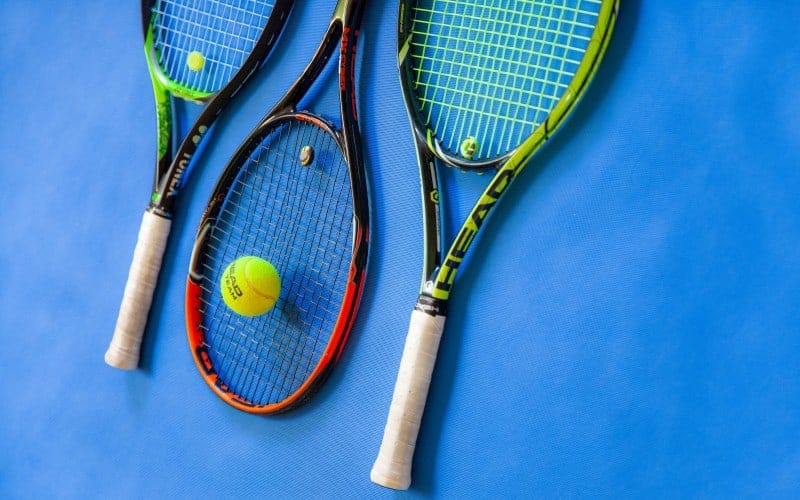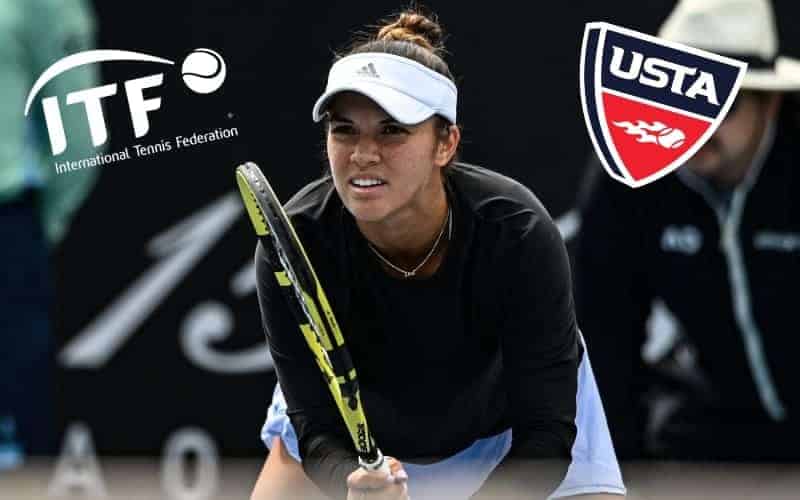If you’ve decided to learn to play tennis, you will probably start without any experience of the game. You will need someone to teach you the basics, to help you progress to a stage where you can get full enjoyment from playing the sport.
Once you can serve and rally reasonably consistently, you can arrange matches with friends of similar standards and really feel like a tennis player. You might, however, want to use tennis to help you meet new people, as well as continuing to develop your game under the watchful eye of a coach.
Classes and group play are often advertised as suitable for ‘beginners’ or ‘intermediates’. It is ideal if you can find a group where most people are broadly the same standard as you, so what is likely to be meant by ‘beginner’ and ‘intermediate’?
In essence, a beginner in tennis is someone who is completely new to the game. An intermediate player has learned the basics but needs to develop their shots and learn more about tactics. A beginner is likely to be concerned about shot execution, whereas an intermediate is starting to think about how to win.
Identifying your correct level is important in order to elaborate the proper game plan to improve. Depending on whether you are a beginner or an intermediate player, you will need a different type of racket as well.
What Is A Beginner In Tennis?
There is no strict definition of what constitutes a ‘beginner’ in tennis. Logically, however, we can describe someone as a beginner if they have been playing for only a short time and are still learning the fundamentals of the game.
A beginner may be able to hit the ball solidly but they probably lack the technique to apply any spin, and are unlikely to be able to produce a great deal of consistency or accuracy. What is usually most noticeable when they attempt to rally is that they do not always get themselves into the best position due to their untrained receiving skills.
This means that they find it difficult to sustain rallies for very long. Beginners will also normally struggle with the serve, as it is a complex shot. They may be able to execute a simplified version, but they will struggle with the chain of motion required for a full service action.
What Is An Intermediate Player In Tennis?
Again, the definition of an intermediate player is purely subjective.
For most coaches, an intermediate tennis player is still inexperienced in terms of playing the game. Nonetheless, they will now be able to rally and serve with a reasonable amount of consistency, allowing them to enjoy playing matches with other players of a similar standard.
They will still have more to learn about tactics and the use of spin, but, at this stage of their development, they can play tennis, and may be able to develop their game with limited guidance from a coach.
Main Differences Between Intermediates And Beginners
A beginner will tend to be unsure of themselves on a tennis court, in terms of where to stand, how to move, and how to swing their racket to execute the necessary shots. An intermediate has moved beyond this phase as a result of practice and training.
Their receiving skills will have improved so that they are more able to identify the way the ball is going to bounce and to get themselves into a position to return it. Their technique will also have developed so that they are better able to hit the ball consistently over the net and into the correct part of the court.
A beginner will struggle to hit a serve with any reliability, whereas an intermediate will be able to serve fairly consistently, albeit with what may still be an imperfect technique. Essentially, an intermediate can play tennis, although they still have plenty to improve, whereas a beginner is learning to do so.
How to Improve From Beginner To Intermediate
To move beyond ‘beginner’ status, you will need guidance from a coach in order to develop the basic techniques. You will also need to practice as often as you can to develop an understanding of where to stand on the court and how to deal with different types of shot coming towards you.
Movement and receiving skills are best developed on court, and this is where group lessons with a coach are most useful. Many beginners find it helpful to play with others of their own standard, as the group can support one another and learn together.
Choosing A Beginner Or Intermediate Racket
As a beginner, you will find that the quality of tennis racket you use does not greatly matter. If you are not certain that you want to continue with the game, or your budget is limited, stores like Walmart will offer a range of rackets for $20-30 from big manufacturers which will be more than good enough for you to learn the basics with.
As you become more committed to the game, or can afford something more expensive, you will want to look for something with a graphite frame and a large head (and hence a large sweet spot, making it forgiving of off-center hits), but which is still fairly light and maneuverable. This type of racket makes it easier to hit the ball well when you are learning. A popular example of this type of racket, available for under $100, is the Head Ti S6.
As you improve your game, you may want a slightly less powerful racket that provides a little more control, as your developing technique allows you to generate more power. You will still probably want something fairly light and moderately powerful. The Wilson Clash 100 is one racket commonly recommended for intermediate players, although it is likely to cost upwards of $200. At this stage, you may want to consider a wider range of options as you will be developing your own game style.
Final Thoughts
Tennis is great fun to learn whether you are a beginner or intermediate. Putting yourself in the right category will make sure that you play in the most helpful and enjoyable environment.







